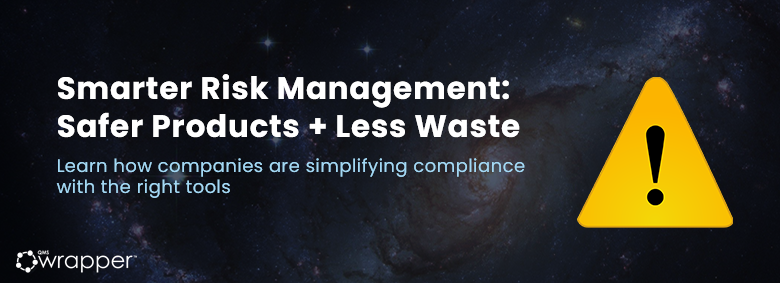
How Companies Are Transforming Their Risk Assessment Processes for Better Results
Optimizing Medical Device Risk Management for Efficiency, Accuracy, and Compliance
One of the persistent challenges in medical device development is ensuring that risk assessment processes are both compliant and practically useful. While standards like ISO 14971 provide the framework, implementation in real-world scenarios often reveals inefficiencies — from inconsistent documentation to siloed decision-making.
Companies are now rethinking how risk is managed — not just to pass audits, but to build safer products, reduce resource waste, and maintain alignment across teams. What follows are proven strategies organizations are adopting to transform their risk assessment workflows for better speed, clarity, and compliance.
Reducing Risk Assessment Time with Automation
Many companies are finding that, with the right tools, risk assessments can be completed faster — without sacrificing quality or traceability.
By implementing automated risk management systems, organizations can eliminate time-consuming manual tasks like hazard identification, risk scoring, and matrix-based evaluation. Tools that offer pre-configured risk matrices, automated hazard logs, and template-driven workflows significantly reduce administrative burden while ensuring consistency.
Example: Integrating a centralized, auto-updating hazard log with ISO 14971-compliant risk evaluation modules can shorten assessment cycles and reduce the likelihood of missing critical risks.
Automation not only accelerates documentation and scoring but also ensures that data is organized for real-time access and future audits.
Streamlining Cross-Functional Collaboration and Decision-Making
One of the most common issues in risk assessment is the lack of involvement from key departments — often resulting in incomplete or biased evaluations.
Leading companies are addressing this by fostering cross-functional collaboration across engineering, regulatory affairs, clinical teams, and quality assurance. By leveraging structured workflows and digital platforms, these organizations facilitate seamless communication, real-time reviews, and consolidated feedback throughout the risk analysis lifecycle.
Risk management decisions are stronger when they include diverse perspectives — and when those decisions are documented within a unified, traceable system.
This approach not only improves risk detection but also strengthens risk control strategies through team alignment and transparency.
Ensuring Consistent, Compliant Documentation
Accurate and standardized documentation is essential for meeting regulatory expectations and ensuring long-term traceability.
Companies are now leveraging digital documentation tools to standardize the recording of risk data, link risk controls to design outputs, and maintain complete audit trails in line with ISO 14971, FDA QSR, and MDR/IVDR frameworks. These tools also allow teams to enforce document version control, automate review cycles, and flag missing risk mitigation data.
A consistent, digital risk documentation system minimizes human error, simplifies audits, and strengthens quality system compliance.
This structured approach improves visibility across the organization while reducing the risk of oversight during inspections or product validation activities.
Ready to Improve Your Risk Management Process?
Companies that embrace automation, collaboration, and structured documentation are seeing measurable improvements in regulatory readiness, team efficiency, and product safety.
qmsWrapper helps you streamline every phase of risk assessment — from hazard logging and matrix configuration to stakeholder collaboration and audit-ready documentation.
Book Your Demo
Let’s discuss how your organization can achieve faster, smarter, and fully compliant risk assessments.
How to Apply AI Risk Prompts to Real-World Medical Device Development
Cup of Joe #47 - 2 Risk Modules
The New Risk Module supports risk-based design